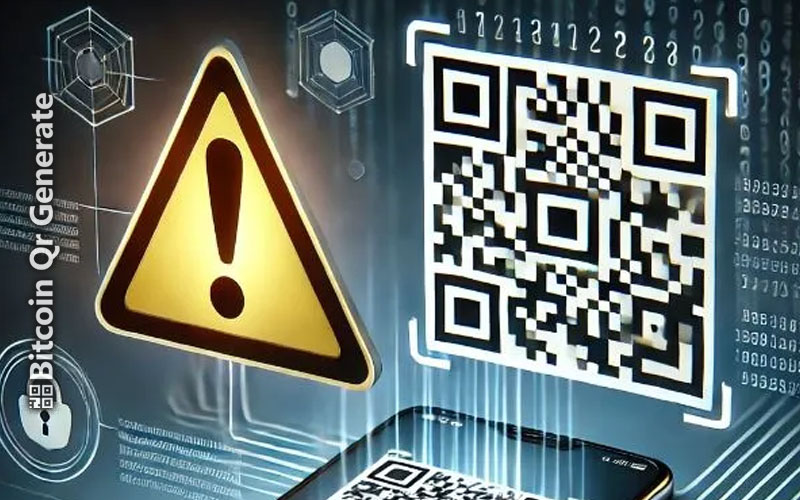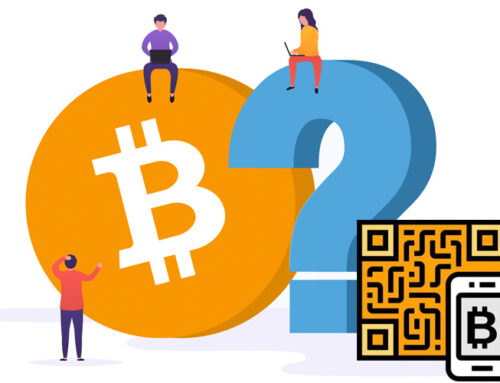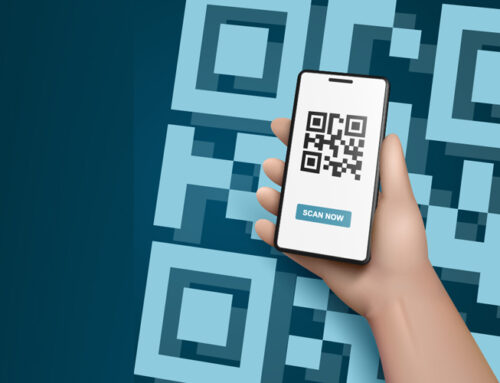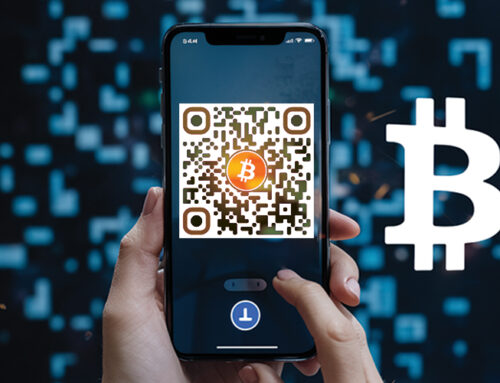Bitcoin is considered as one of the most popular digital currencies and guaranteeing its safe transactions is one of the concerns of users. One of the common ways to transfer bitcoins is the use of QR codes, which, like any other financial transaction, should be aware of its possible risks. Here are some essential tips to ensure secure transactions when using Bitcoin QR codes.
How to Secure your Bitcoin transactions with QR codes?
1. Verify the source of the QR code.
Before scanning a Bitcoin QR code, always verify its source. Fraudsters can easily create fake QR codes that connect to their wallet instead of the intended recipient. If the code is sent to you via email, messaging apps, or websites, make sure it comes from a trusted source. If possible, verify the Bitcoin address with the sender through a separate communication channel.
2. Use secure wallet apps.
Always use a trusted and secure Bitcoin wallet app to scan QR codes and manage your transactions. Most of these programs have built-in security features that help identify suspicious activities. Avoid lesser-known apps or downloading wallet software from untrusted sources, as they may contain malware.
3. Check the Bitcoin address carefully.
After scanning the QR code and before proceeding with the transaction, double-check the Bitcoin address. Compare the first and last few characters of the address with those provided by the recipient. Cybercriminals manipulate QR codes to redirect payments to their wallets. With this simple step, you can avoid mistakes that cost a lot.
4. Phishing attacks
Phishing attacks come in many forms, such as fake sites, emails, and messages asking you to scan a QR code. When receiving unexpected messages inviting you to pay or scan a QR code, be careful and check them with an official source, especially for large transactions.
5. Multi-factor authentication (MFA)
Enable multi-factor authentication (MFA) in your Bitcoin wallet. MFA adds an extra layer of security with an extra step like entering a code sent to a mobile phone that helps protect your wallet from unauthorized access, even if someone manages to get your password.
6. Limit the amount of hot wallet.
A hot wallet that is connected to the internet is more vulnerable to hacking than a cold wallet that is offline. Limit the amount of hot wallet bitcoins to the minimum amount necessary for your transactions. For larger amounts, use a cold wallet.
7. Update your wallet software and device regularly.
Enable automatic updates when possible and check for new updates regularly to stay protected against the latest threats.
8. Beware of public Wi-Fi.
Public Wi-Fi networks are often insecure and can be a target for hackers. If you must use public Wi-Fi for Bitcoin transactions, use a virtual private network (VPN) to encrypt your Internet connection.
9. Follow news of scams.
Scammers are constantly developing new tactics, so it’s best to be aware of what they’re up to. Follow reputable news sources and join trusted online forums to learn from other people’s experiences.
10. Test the transaction with small amounts.
If you want to make a large bitcoin transaction using a QR code, test it with a small amount first. This is how you make sure that the address is correct and the transaction is done as you expect and your money is no longer at risk.
Wanna set up a Bitcoin QR Code wallet?
Conclusion
Transacting with Bitcoin QR codes has potential security risks, but by following the tips in this article, you can significantly reduce the chances of fraud or costly mistakes. In the world of digital currencies, your security is in your own hands.





Leave A Comment